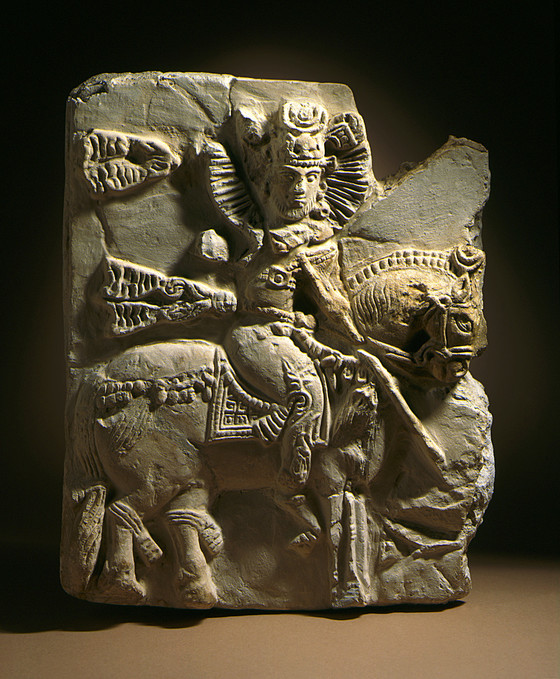Plaque with King on Horseback

Please log in to add this item to your gallery.
View comments
No comments have been posted yet.
Add a comment
Please log in to add comments.
Please log in to add tags.
* Nearly 20,000 images of artworks the museum believes to be in the public domain are available to download on this site.
Other images may be protected by copyright and other intellectual property rights.
By using any of these images you agree to LACMA's Terms of Use.
Plaque with King on Horseback
Iran, probably Chal Tarkhan-Ishqabad, late 7th-early 8th century
Stucco
Stucco, molded in relief
15 x 12 in. (38.1 x 30.48 cm)
Gift of Nasli M. Heeramaneck (M.76.174.250)
Not currently on public view


